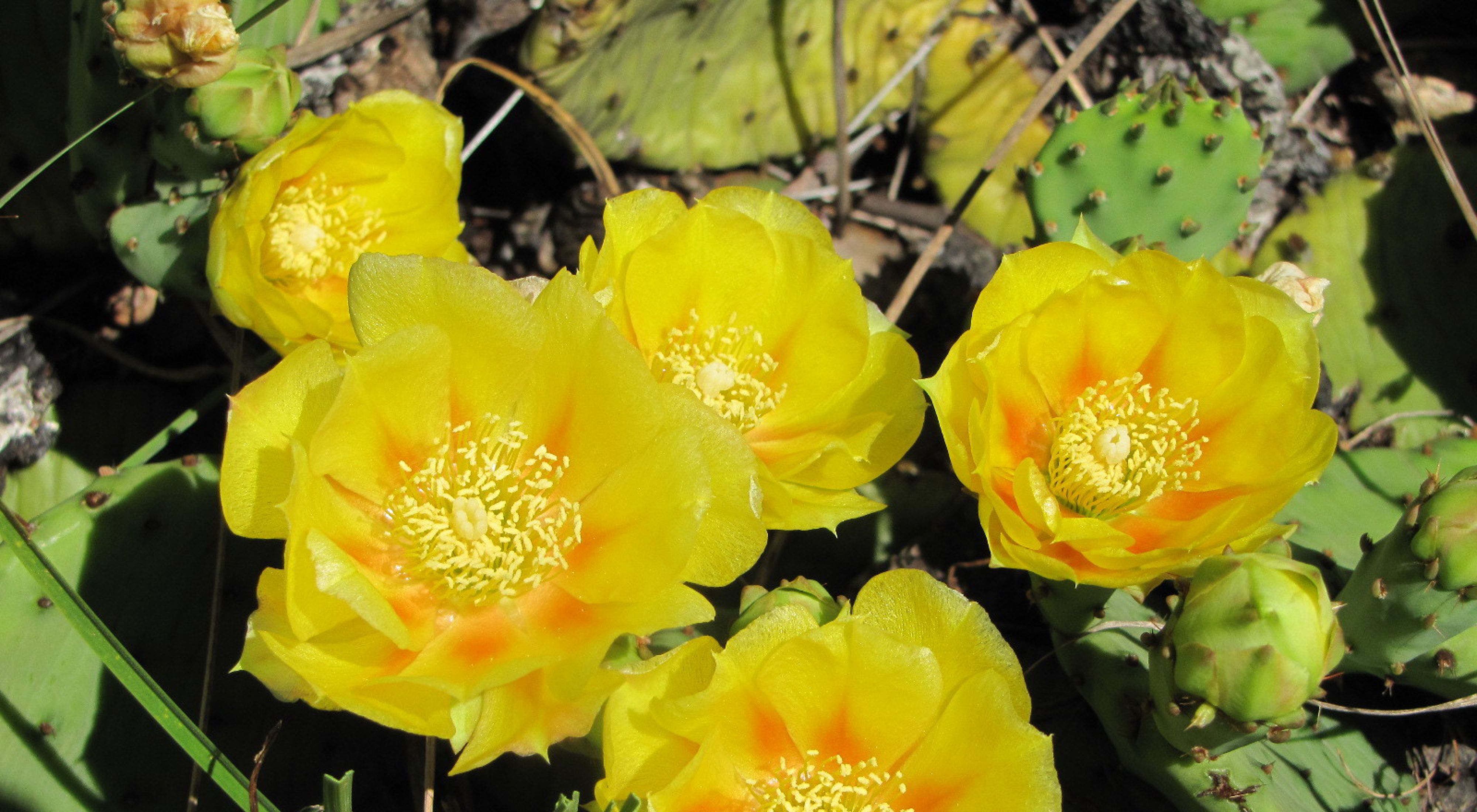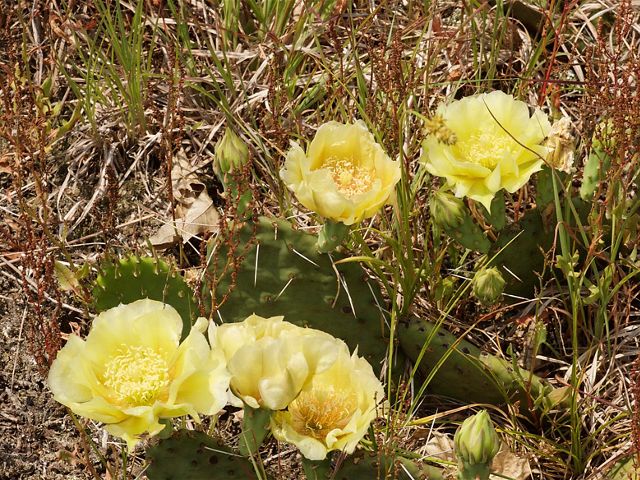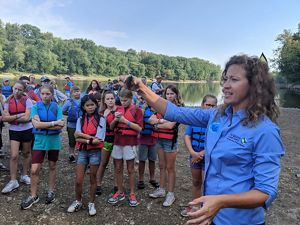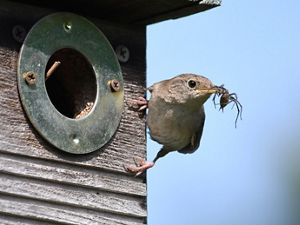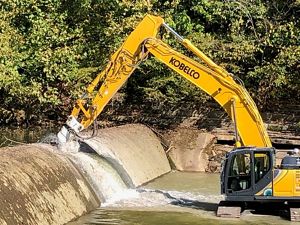Make a difference in Indiana
Help us conserve the lands and waters on which all life depends.
Donate to IndianaA cactus in Indiana?
The eastern prickly pear cactus (Opuntia humifusa) is native to the lower 48 states of the United States. It is not only a beautiful plant, but it is also edible, provides food and protection for wildlife and can be used in native landscaping.
Especially in Indiana, this cactus is easy to spot. Like other spiny succulents, the prickly pear has flat, fleshy pads (called cladodes) covered in spiky spines. The prickly pear produces showy yellow flowers.
How to eat a prickly pear
After flowering, a red, egg-shaped fruit begins to appear. The fruits are edible and can be eaten raw after removing the skin. Jellies, candies and other sweets are often made from the fruit, while some people also snack on the fleshy pads of the plant.
Prickly pear cactus has been a Mexican and Central American dietary staple for thousands of years. In some parts of the United States, there is a growing interest in eating prickly pear.
There are two edible parts of the prickly pear plant: the pad, or nopal, of the cactus which is often treated as a vegetable, and the pear, or fruit.
What do prickly pears taste like?
The flavor of a cactus pear is sweet, but somewhat bland, similar in flavor to a melon. Despite the name, the fruit is not actually a member of the pear family. It was simply named that because the prickly fruit resembles a pear in size and shape.

Where can I find prickly pears?
The prickly pear cactus is found in open sand and dry areas in Indiana, including Kankakee Sands and the coastal dunes of Lake Michigan.
At The Nature Conservancy's Kankakee Sands restoration in Newton County, the conditions are perfect for the prickly pear to thrive in the dry areas and hilltops. As its name states, the area is full of sand. For cacti to thrive they need well-drained sandy soil and lots and lots of sun. For best viewing, take a hike on the Grace Teninga Discovery Trail.
Beautiful Ober Savanna in Starke County is another great place to spot Indiana's only cactus.
Prickly pear in your yard
Many people like to plant this native cactus in their backyards, not knowing that they are difficult to control. A single plant can quickly grow into a dense, tangled colony.
Planting the prickly pear in a pot is a great way to control the spreading. If the cactus is already growing out of control, Purdue Pest & Plant Diagnostics Lab has a few solutions to rid prickly pear from your property.
Be sure to wear thick gloves when handling this beautiful, native cactus. Their thorny spines can grow up to several inches in length, though these large spines are the least of your worries. The hair-like, less visible spines known as glochids are painful and difficult to remove.
